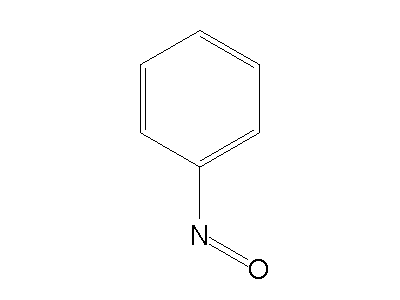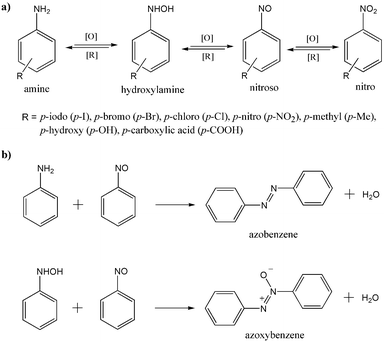Related compounds Boiling point 59 °C Appearance Colorless solid | Formula C6H5NO Molar mass 107.11 g/mol Pubchem 11473 | |
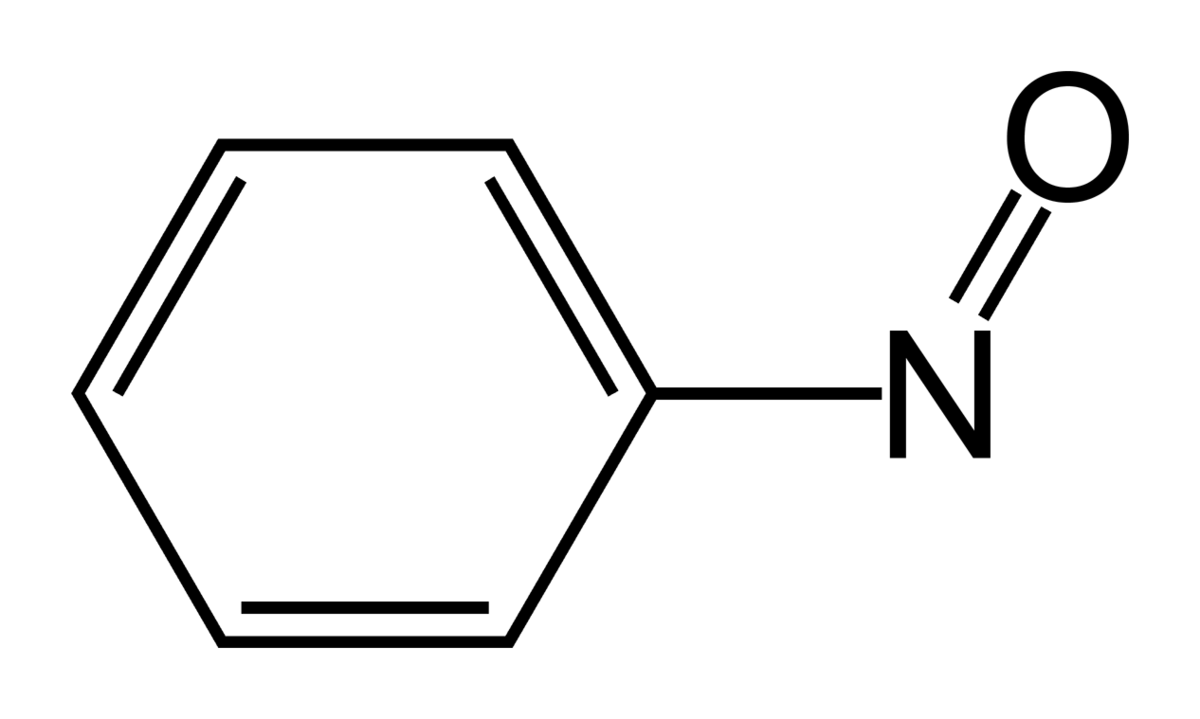 | ||
How to pronounce nitrosobenzene
Nitrosobenzene is the organic compound with the formula C6H5NO. This diamagnetic species exists in equilibrium with its dimer.
Contents
Preparation
Nitrosobenzene was first prepared by Adolf von Baeyer by the reaction of diphenylmercury and nitrosyl bromide:
(C6H5)2Hg + BrNO → C6H5NO + C6H5HgBrThe modern synthesis entails reduction of nitrobenzene to phenylhydroxylamine (C6H5NHOH) which is then oxidized by sodium dichromate (Na2Cr2O7).
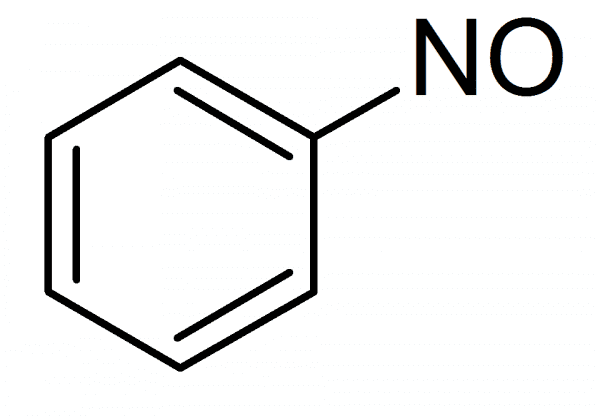
Nitrosobenzene can also be prepared by oxidation of aniline using peroxymonosulfuric acid (Caro's acid). It is usually purified by steam distillation, where it comes over as a green liquid that solidifies to a colorless solid.
Characteristic reactions
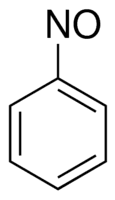
Nitrosobenzene undergoes Diels–Alder reactions with dienes. Condensation with anilines affords azobenzene derivatives in a reaction known as the Mills reaction. Reduction of nitrosobenzene produces aniline.
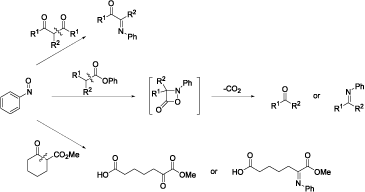
Most characteristically, nitrosobenzene condenses with active methylene groups, such as those of malonic esters and benzyl cyanide. For example, condensation with benzylcyanide (PhCH2CN) gives the imine (PhC(CN)=NPh) in a reaction known as the Ehrlich-Sachs Reaction:
Ph–CH2-CN + Ph–NO → Ph–CH(CN)–N(OH)–Ph (oxyamination adduct) → PhC(CN)=N–PhSometimes condensation with active methylene compounds could give products of O-nitroso-aldol reaction:
R–CH2-CHO + Ph–NO → R–CH(CHO)–O–NHPh (aminoxylation adduct)